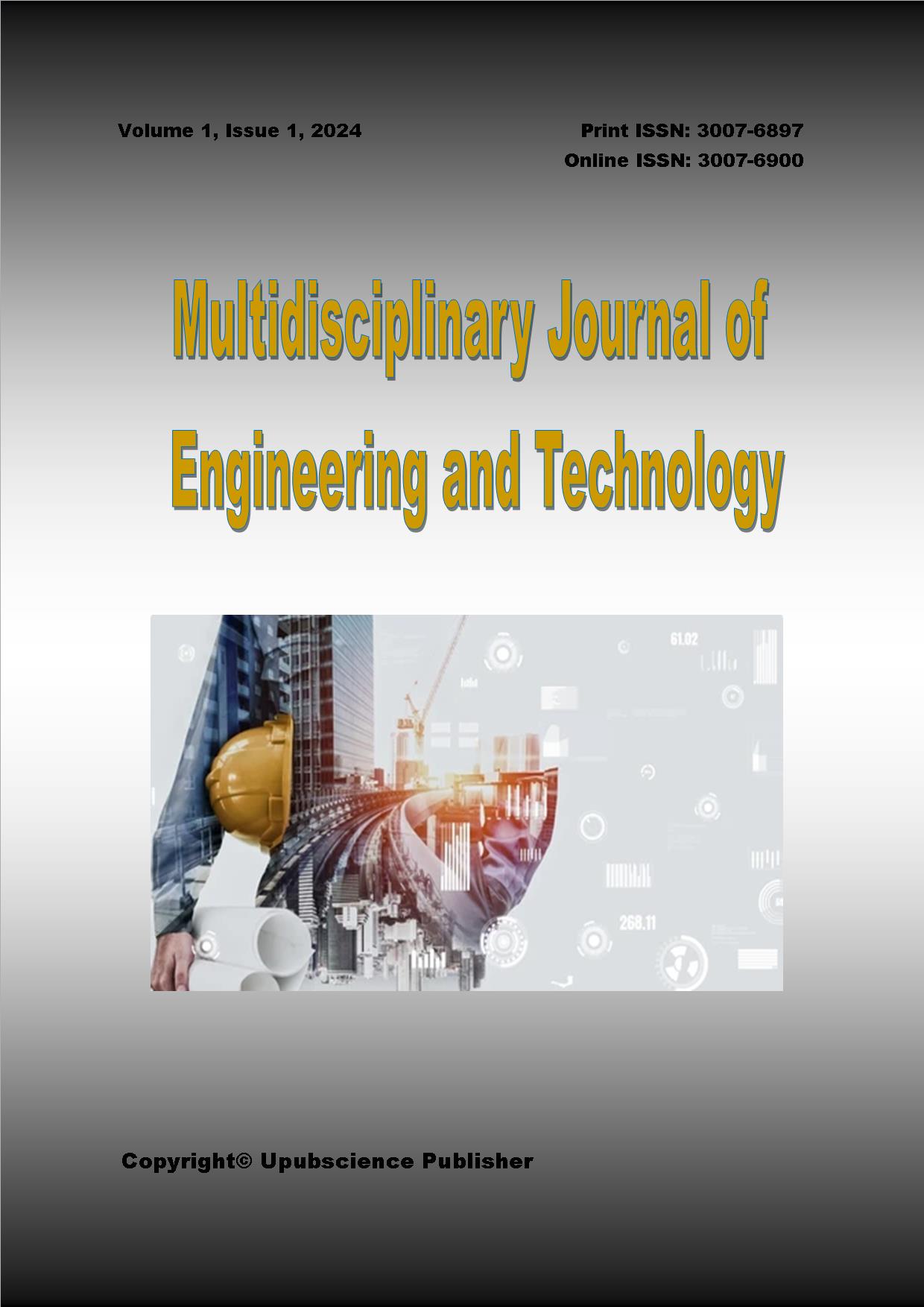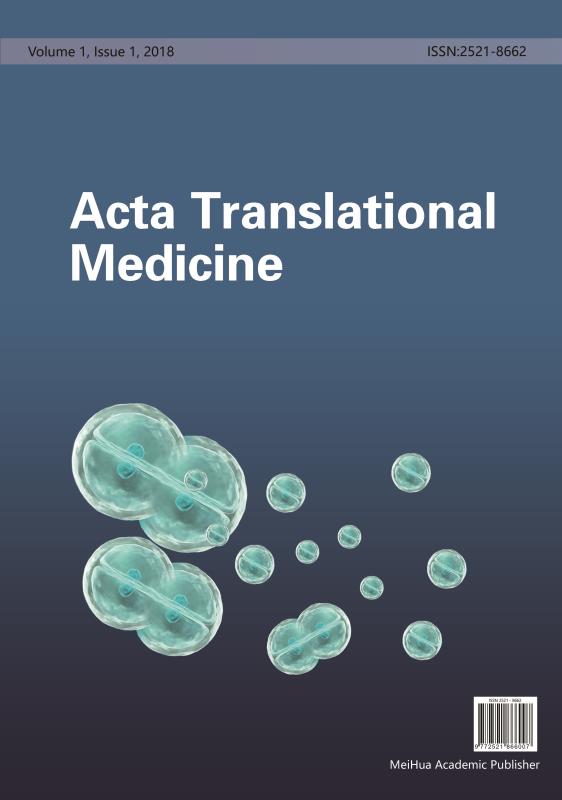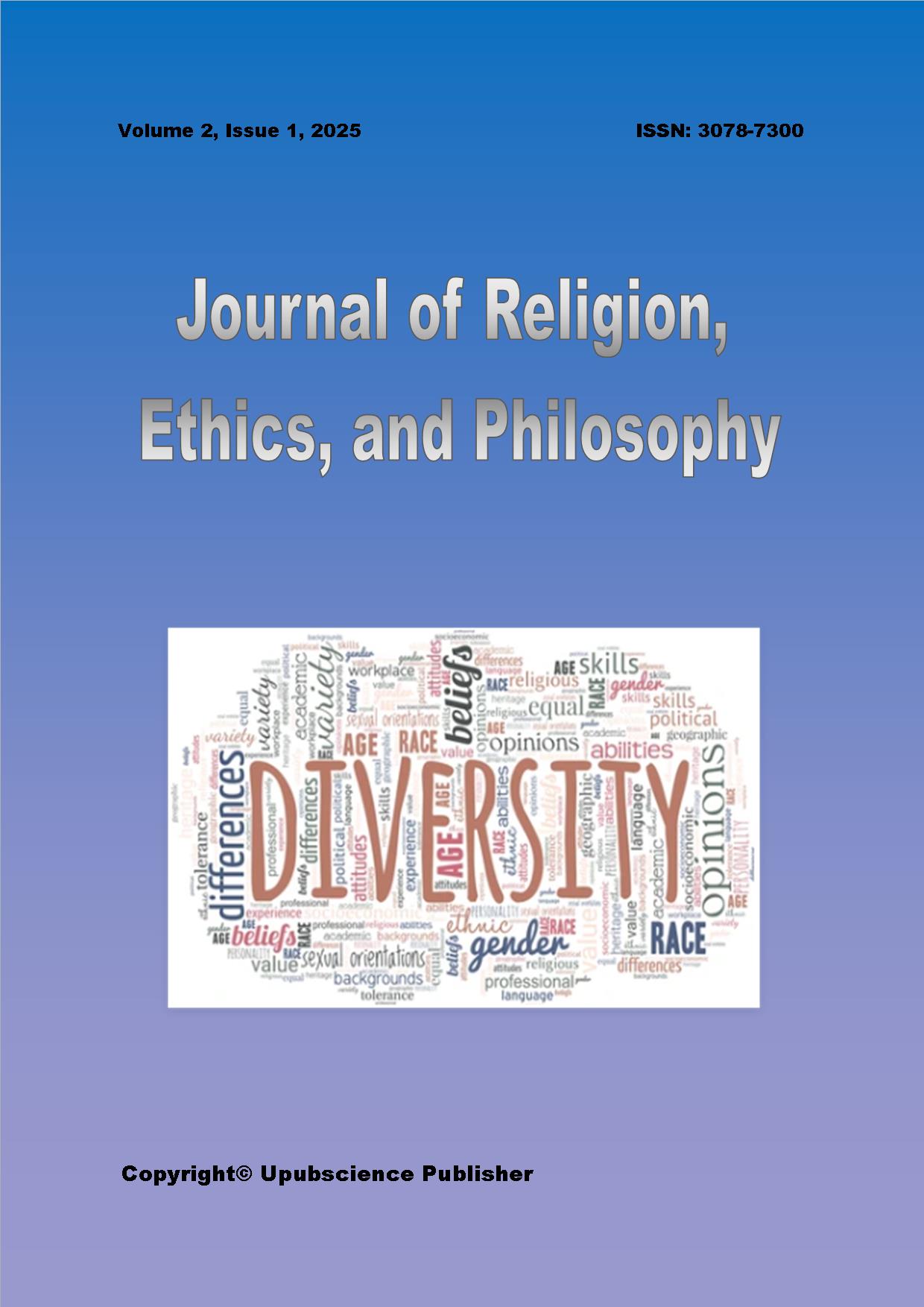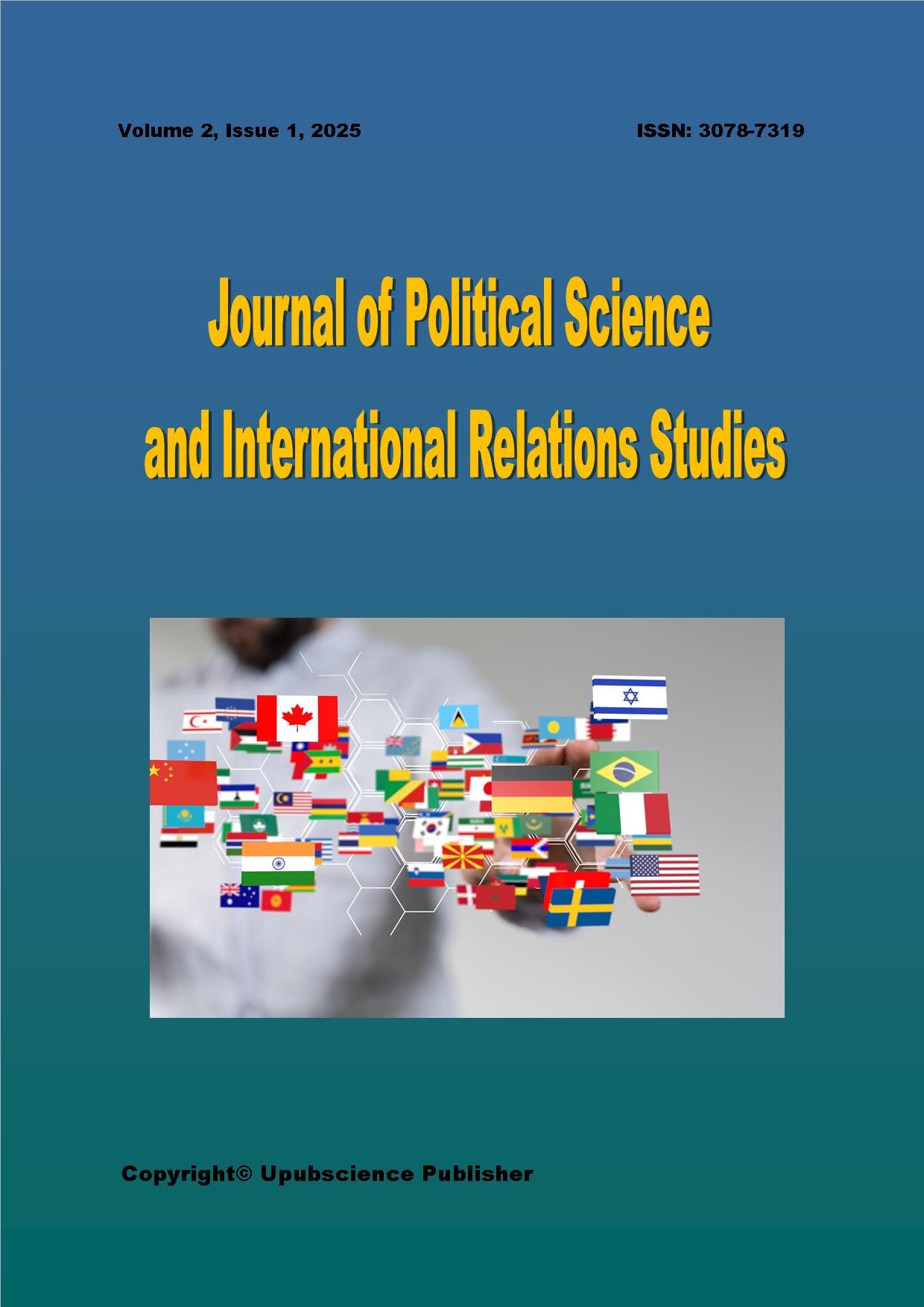The Multidisciplinary Journal of Engineering and Technology (MJET) aims to foster interdisciplinary research and innovation in the broad field of engineering and technology. The journal is committed to publishing high-quality, peer-reviewed articles that contribute significant advancements to various engineering disciplines and technological applications. MJET serves as a platform for researchers, engineers, scientists, and practitioners to exchange knowledge, share ideas, and address critical challenges facing modern society.
Scope:
Mechanical Engineering: MJET welcomes contributions that encompass the design, analysis, manufacturing, and maintenance of mechanical systems and components. Topics include but are not limited to robotics, fluid mechanics, heat transfer, dynamics, and materials science.
Electrical and Electronics Engineering: The journal covers research on electrical circuits, systems, and devices, including power systems, electronics, telecommunications, signal processing, and control systems.
Civil and Environmental Engineering: MJET publishes research on infrastructure development, environmental sustainability, and urban planning. Topics include structural engineering, geotechnical engineering, transportation systems, water resources management, and environmental engineering.
Computer Science and Engineering: The journal invites submissions on computational theory, software engineering, computer networks, artificial intelligence, machine learning, cybersecurity, and data science applications.
Chemical and Process Engineering: MJET focuses on research related to chemical processes, materials engineering, bioengineering, and industrial applications. Topics include process optimization, chemical kinetics, reaction engineering, and sustainable manufacturing.
Renewable Energy and Sustainable Technology: The journal encourages research on renewable energy sources such as solar, wind, hydroelectricity, and biomass, as well as sustainable technologies, energy efficiency, and green engineering practices.
Interdisciplinary Studies: MJET supports research that integrates multiple disciplines within engineering and technology or bridges engineering with other fields such as economics, social sciences, and policy studies.





